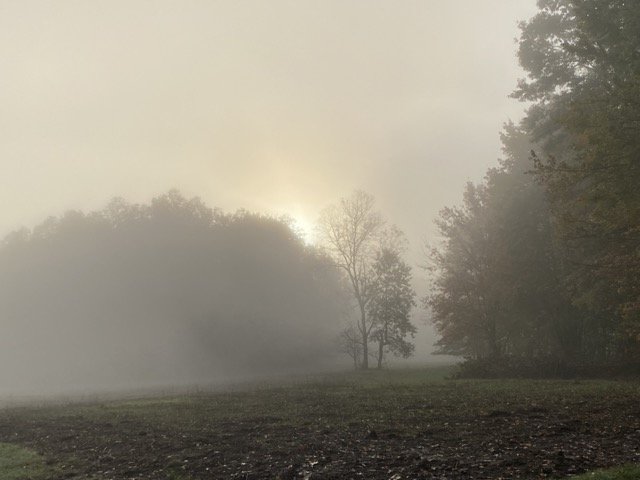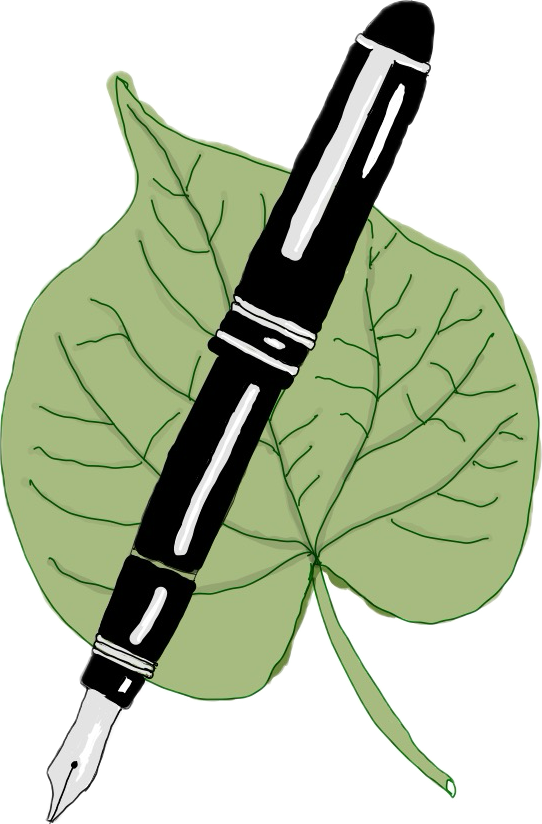
Novels
The novels listed here have a strong grounding in botany - either the plants themselves play a large part in the story, or the author uses vivid botanical imagery for scene setting. But most of all, these are books I couldn't put down, stories that captured my heart, stories I've read more than once and loved more and more deeply with each re-reading.
Annie Dillard: The Living
Vivid descriptions of the pioneering experience in the Pacific Northwest. Life (and death) of characters intertwines with the grandiosity of the trees - ancient giants who threaten and loom and kill as they are being killed.
Marlen Haushofer: The Loft
Austrian wild and garden flora reflect the life and emotions of a woman seeking to come to terms with her marriage. A deep acceptance of the essential aloneness of lives touched by war is shot through with brilliant details of observation, weaving a complex and surprisingly authentic emotional experience.
Barbara Kingsolver: Prodigal Summer
Intimate stories of four quirky characters who are doing their best to make a life in rural Appalachia: a scientist-turned-housewife, who loves to farm but struggles with her opinionated sister-in-law; a curmudgeonly widower who lost his wife and much of his eyesight; a divorced wildlife biologist who unexpectedly falls in love as she tries to protect the local predators. The stories are full of orchids and weeds and tomatoes, goats and moths and unruly children, and by the end we learn to love them exactly for what makes all of them so difficult.
Ursula LeGuin: The Word for World is Forest
Like so many of LeGuin’s fantasy novels, this on deals with colonialism and its devastating consequences for plants, animals, and humans alike. This book is full of the brutality found in our world but also full of the complexity that make her invented peoples and non-human beings real and alive. If you are trying to learn how you might use an invented world to bring your reader back home into their own world with a greater understanding, then this might be your jam.
Richard Powers: The Overstory
This one is a tome. I loved that Powers managed to bring so much botany into this novel and that (with the exception of claiming that the dark reactions of photosynthesis happen at night, ouch!) all the botany feels correct. Perhaps because he also decided to write about an enormous swath of US history and geography, his characters feel, at times, less like people I might come to love and more like constructs serving a didactic purpose. But if you love books that are monumental in their ambition and scope, this one might be for you.
Conrad Richter: The Trees
A tender story of first white settlers in the forests of what is now southeastern Ohio. Beyond the vivid descriptions of wildlife that has now largely vanished from this land, I particularly appreciated Richter’s focus on what it meant to be a young woman at a time when what is now farm country was still uncut trees.
Diane Smith: Letters from Yellowstone
If you have never read a novel in epistolary form, try this! Beyond learning much about the flowers of what is now Yellowstone National Park and getting sucked into a riveting plot, you’ll come away enchanted with the change of the writer’s voice as she addresses her letters from Yellowstone to different people whom she confides in with different parts of her journey.
